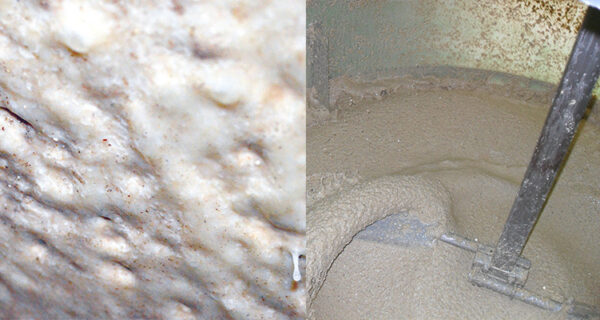Blog | Reading Time 3 minutes
Maternal transfer is key to setting piglets up for future success
The maternal transfer process from sows to piglets is crucial for boosting early-life development and performance in piglets.
That was the message delivered at a webinar, organised by Lallemand Animal Nutrition, looking at the importance of maternal transfer in the pig industry.
Lallemand’s monogastric technical manager, Hannah Elliott, outlines the key findings from the event which included presentations from Dr David Solà-Oriol from the Autonomous University of Barcelona, and Fernando Bravo de Laguna who is project lead for R&D in swine at Lallemand.
Maternal transfer in pigs explained
A lack of continuity between sow gestation diets and piglet post-weaning diets can have a huge impact on piglet performance, explains Ms Elliott.
She says ensuring diet continuity from sow to piglet is especially important because pre-natal exposure to ingredients and flavours – through the process of maternal transfer – is a key driver of performance in post-weaning piglets.
“Food experience in the womb and maternal milk can have an impact on piglets,” she adds.
“This means we can have a positive impact on piglet performance by streamlining ingredients used in gestation and lactation diets, along with piglet starter and post-weaning diets.
“This also supports a more stable microbiota balance in the sow and in turn within the piglet.”
She says milk and amniotic fluid both have a direct link to a piglet’s sense of smell and taste, as well as its physiological development, which can be influenced by diet and result in nutrient preferences in piglets.
“This can be due to taste and flavour profiles on consumption, as well as digestion components from the sow’s diet which are available to the piglet,” adds Ms Elliott.
The importance of colostrum
The most well-known form of maternal transfer is the delivery of antibodies to offspring through a mother’s colostrum.
“Colostrum is crucial for a piglet’s immune function and is fundamentally needed as a source of fuel when piglets are born. Practically, this energy consumption can be measured by an increase in rectal temperature,” says Ms Elliott.
Colostrum facts:
- The optimal amount of colostrum for piglets should be around 400g within the first 24 hours after birth, but around 200g for all piglets is currently advised as a more achievable target
- Studies have shown a significant reduction in mortality rates and improved weight gain in piglets who have received 200-300g of colostrum
- More piglets in a litter does not mean more colostrum from the sow, but rather that piglets have access to less colostrum each.
Sow microbial balance impacts piglets
The microbial balance of the sow has a direct impact on the development of her new-born piglets.
“We need the mother to have a healthy microbiome with a good balance of positive and negative bacteria, because gut microbiota modulation in sows affects the gut microbial profile in piglets,” says Ms Elliott.
She says feeding Lallemand’s probiotic yeast Saccharomyces cerevisiae var. boulardii CNCM I-1079, known commercially as Levucell SB, to sows has been shown to boost piglet growth rates and immune responses.
“The simplest demonstration of maternal imprinting is the fact that we feed the sow, she feeds the piglet, and the piglet grows,” adds Ms Elliott
“The microbiota in the sow will then shape the development of piglets:
- Gut maturity
- Gastrointestinal functions
- Immunity
- Nutrient absorption in piglets
“Positively affecting the gut microbiota transferred from the sow to her piglets and supporting their immune system development with probiotics, such as Levucell SB, is one way of supporting piglet immunity and performance.”
Published Jul 13, 2023 | Updated Aug 13, 2023
Related articles
Need specific information?
Talk to an expert


